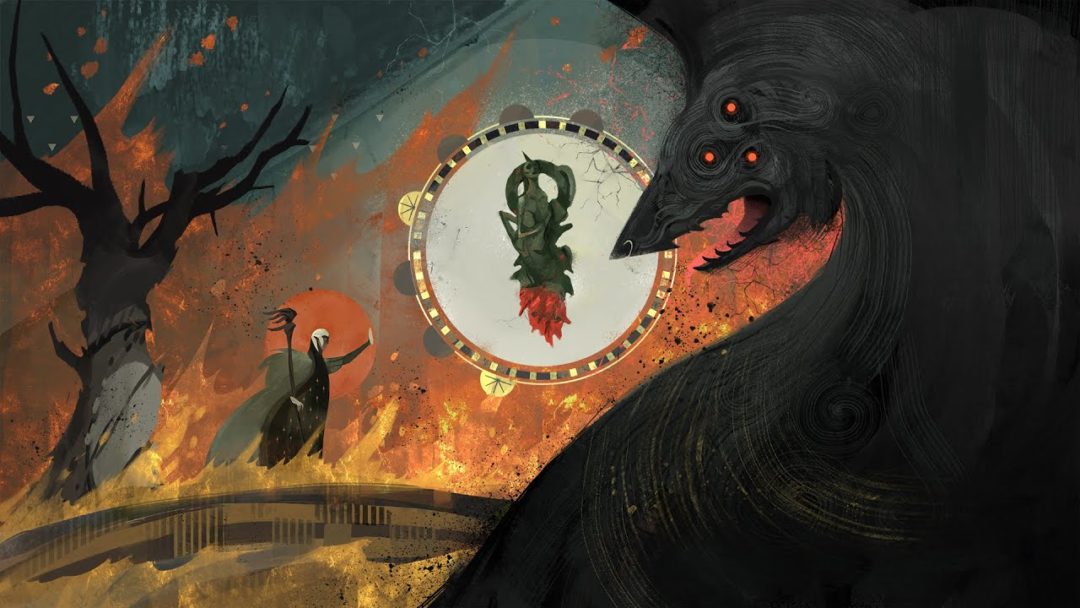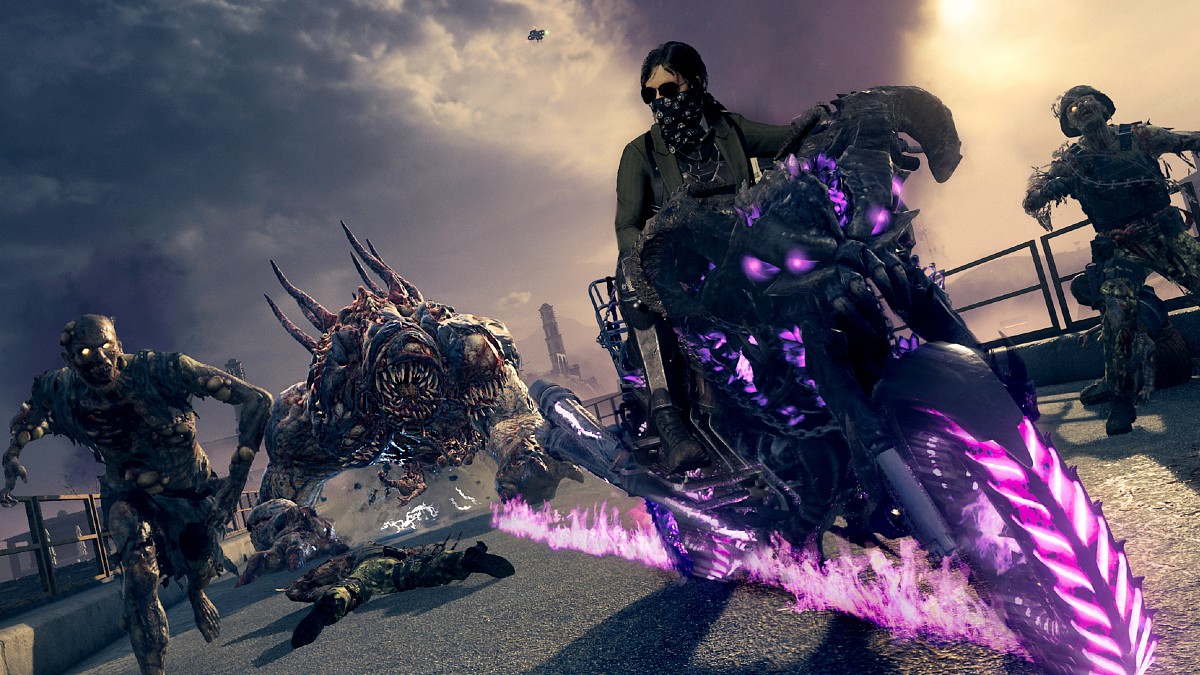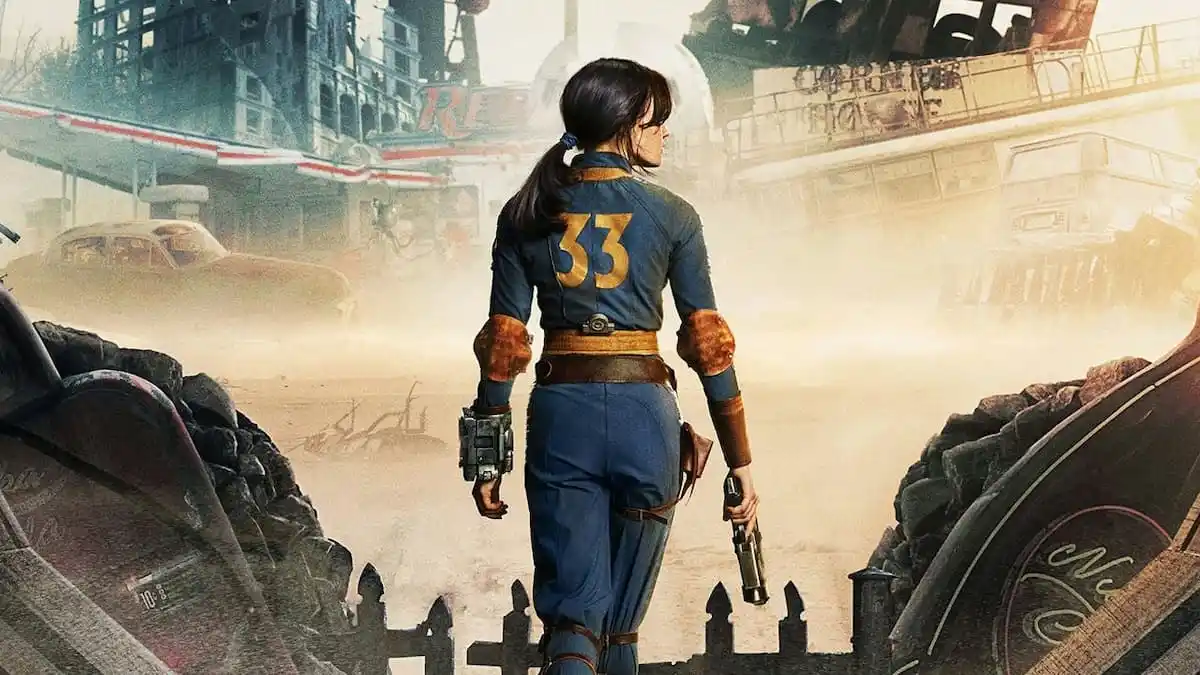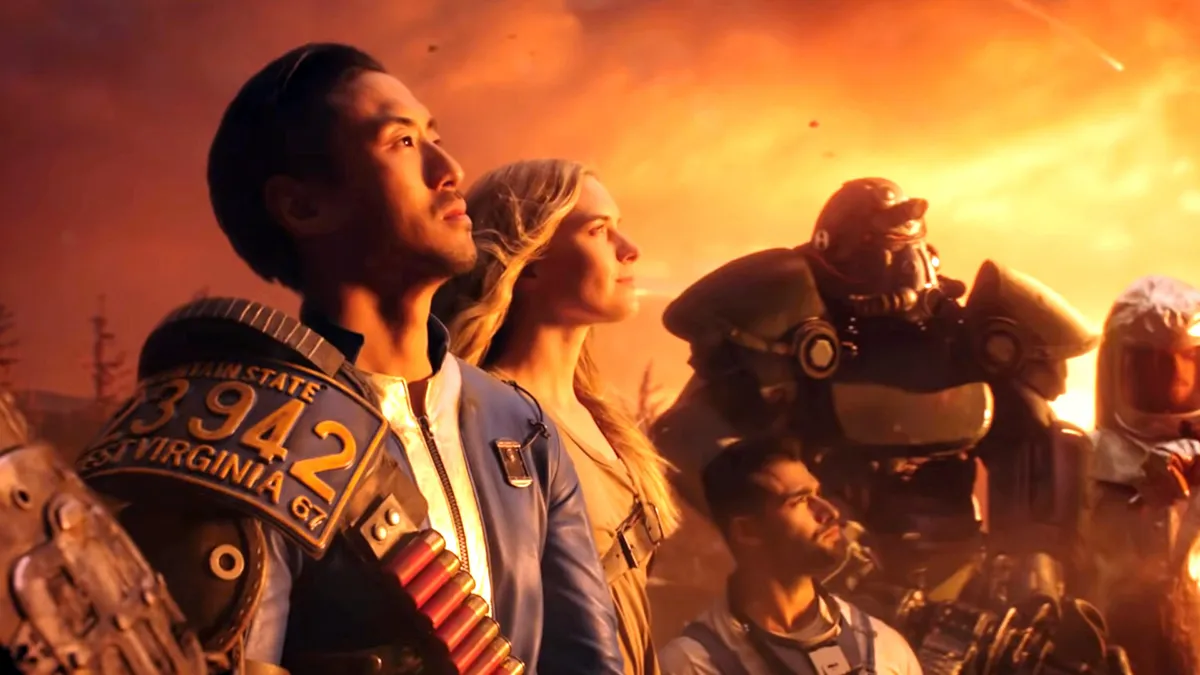The next Dragon Age game is several years away, according to the most recent EA earnings report. And while that might feel like an agonizing wait for series fans, it’s also a very good thing. BioWare needs to take as much time as they can to get it right. After the mixed reception to Mass Effect: Andromeda and the even more tepidly received Anthem – released earlier this year – it’s not a stretch to say that enthusiasm towards the studio has unfortunately reached an all-time low.
This isn’t without reason. While I felt Mass Effect: Andromeda and Anthem were generally average video games with occasional splashes of brilliance, their quality can only be compared to BioWare’s preceding output. “You’re only as good as your latest game” is, rightly or wrongly, how the majority of the public sees things.
Highly lauded for all-time classics like Baldur’s Gate, Knights of the Old Republic, Jade Empire, Mass Effect, and Dragon Age, BioWare’s history is steeped in memorable experiences of supreme quality. But it’s their most recent works that stick in the minds of players the most. Unfortunately for the 24 year veteran studio, the last couple of games haven’t hit the mark they’re known for, and that’s exacerbated specifically because of the stellar quality of what came before. Putting out a middling game is one thing (just ask Bethesda), but following up on that with a second is putting you all the way at the bottom of the hill for a tough climb.
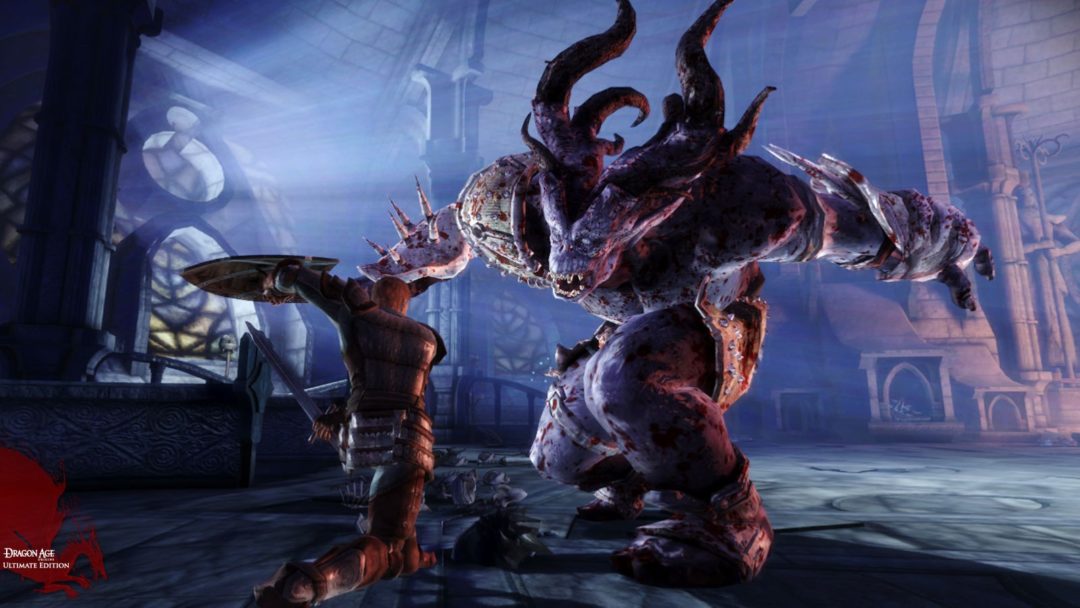
Dragon Age: Origins, BioWare, 2009
There’s a lot of goodwill to regain and it will take all-out effort to deliver that. In terms of quality, the Dragon Age series has mostly stayed on course, with the original Dragon Age: Origins achieving well deserved critical and fan acclaim. While still a good game in its own right, its sequel Dragon Age II didn’t quite live up to its predecessor due to an extremely tight development schedule of around 16-18 months. This was clear to see with plenty of repeating environments and assets in a smaller scale world.
Dragon Age: Inquisition rebounded the franchise back into everyone’s good graces over three years later, going on to eventually win game of the year at The Game Awards in 2014. Praised for its lovable characters and variety of locales, it was a demonstration that the team in Edmonton could still deliver a sprawling narrative driven RPG. It had an appealing cast of companions from the wise-cracking Iron Bull to the enigmatic and mysterious Solas, each with their own unique loyalty missions. Combat trod a delicate line between the isometric and calculated design of Origins with the fast-paced action of Dragon Age II. Players also had the choice of playing as a human, elf, dwarf, or qunari and full customization of your party was back.
Though Inquisition was a great game in its own right – and one that I greatly enjoyed – it still floundered in a few areas. This was most notably seen in its heavy reliance on fetch quests.
Its open world zones, while pleasantly diverse in environmental design and points of interest, all played relatively similar to each other: scour the landscape and establish camps, close Fade rifts, find hidden shards, take care of a troublesome beast or group of bandits, repeat. These MMO style quests, with little to no narrative weight attached, felt a little shallow, especially compared to the variety and depth of quests in something like The Witcher III – which released just six months later.
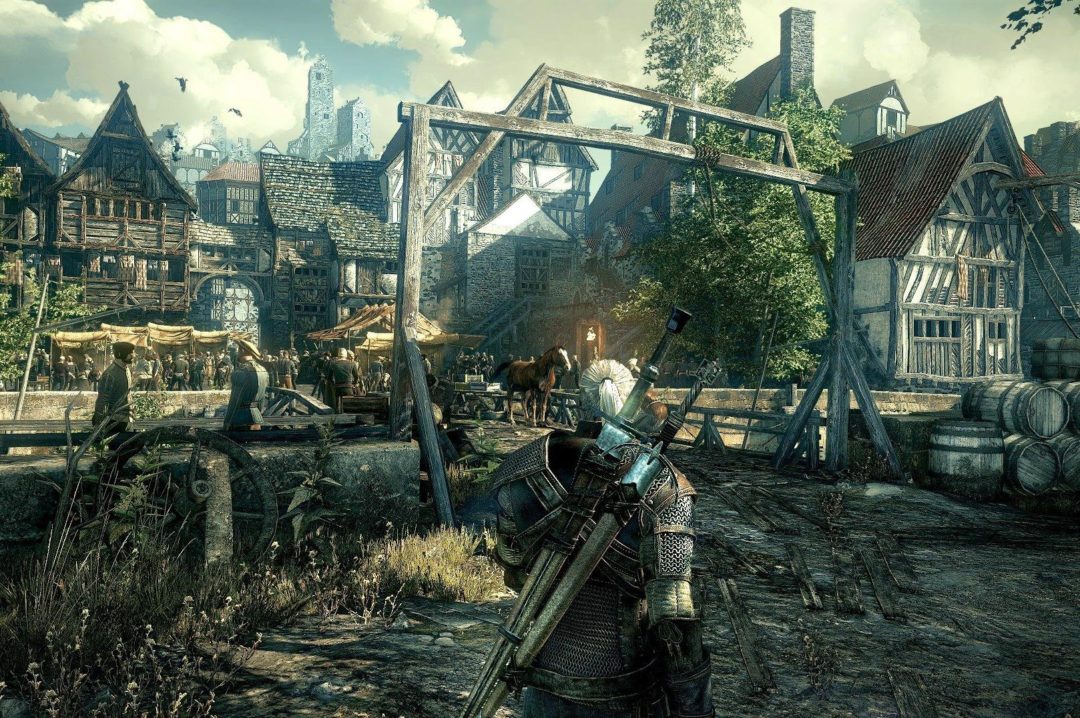
The Witcher III: Wild Hunt, CD Projekt RED, 2015
The gaming landscape has changed over the last several years. Production values have soared and big adventure games achieve some of the highest recognition each year. RPGs in particular have continued to excel, especially with the likes of The Witcher III and Horizon Zero Dawn from CD Projekt RED and Guerrilla Games respectively. Ubisoft has thrown its own hat into the ring, taking its tentpole IP into full blown RPG territory with Assassin’s Creed Odyssey. Cyberpunk 2077 and Starfield are looming on the horizon, developer Playground Games is rumored to be rebooting the Fable IP, and a sequel to Horizon Zero Dawn is surely on its way.
BioWare, a cherished developer in the RPG space, has seen its competition multiply tenfold. An argument can be made that party based RPGs like Dragon Age (where you control multiple characters) go for a different type of design ethos than the rest, but an action RPG is an action RPG no matter how you split it, and comparisons will be made. While there’s always room for more RPGs in the market, player expectations have amplified exponentially. Game engines are able to render stunning worlds, quest design has improved and branched out, and the level of detail in environments and NPCs has reached new heights. If the new Dragon Age is to make a mark, it needs to go much farther than Inquisition.
One of the most important facets of any good RPG is the quality of its quests. An RPG lacking in engaging quest design is doomed from the very beginning. Dragon Age: Origins had players assist in dilemmas like a disease that turns elves into werewolves, or with bringing the detestable Loghain to justice. Dragon Age: Inquisition‘s critical path was a string of appealing quests from storming a Grey Warden fortress to navigating a political conspiracy in Halamshiral. The next game needs to meet or exceed that level of variety and if the signs pointing to a showdown in the Tevinter Imperium are anything to go by, the setting should be ripe for it.

Dragon Age: Inquisition, BioWare, 2014
This goes for the side quests as well, which are a significant area in need of BioWare’s attention. Optional quests in The Witcher III cover a whole spectrum of characters, stories, enemies, and end goals. While some were a bit more superficial than others, narrative beats and interactive conversations were attached to every single one, rewarding players by tackling satisfying subject matter. Some were as large and as involved as mainline quests – a testament to their depth. A hard truth therefore needs to be told: collecting ten pieces of rams’ wool or marking six weapon caches in a region, with little to no tangible benefit, just won’t cut it anymore – especially in a post-Witcher world.
It might also serve BioWare well to assess the ongoing desire to go bigger in their games. Both Dragon Age: Inquisition and Mass Effect: Andromeda pushed for massive open sandbox spaces to explore, yet the argument can be made that the studio’s strengths lie in crafting compact, more linear environments to navigate. A successful open world is one where there’s always something or someone eye-catching around each corner, building, or hill.
Worlds need to be filled with points of interest that are genuinely interesting and respect the player’s time. While that’s not to say that the welcome variety of locales in Inquisition failed to do that, the truth of the matter is that those huge miniature open worlds likely required a ton of resources and content to properly fill; resources that might have been better served creating environments with a much tighter structure and better quest design. BioWare has historically excelled with quests, conflicts and character moments tailored for a more precise experience.
This is especially important when it comes to combat, where once again curated, bespoke play-spaces usually allow for more hand-crafted combat scenarios. Inquisition attempted to meld the tactics focused combat of Origins and high octane action of Dragon Age II. While it was certainly the most sensible route to pursue, it wasn’t without its own set of issues – especially on higher difficulties. I mostly played the series via the traditional third person over-the-shoulder angle, but Dragon Age combat generally plays out by simulating a turn-based battle. The execution of these battles was mostly automated, but determining which attacks, defenses, and spells to carry out is important.
A common complaint of Inquisition‘s tactical view was the imprecise maneuvering to achieve line of sight, approaching targets to attack, the lack of a queue for commands, and characters sometimes seemingly stopping what they were doing. The tactical camera itself felt a little too low to the ground to get a proper view of the battlefield and would almost always get stuck in the environment, whether by a tree or wall or other object.

Dragon Age: Inquisition‘s Tactical Camera
Playing Inquisition as a more traditional action RPG certainly made for a more enjoyable time, at least for me. Even then some battles felt like they went on for eternity (looking at you Guardian) with enemies possessing gargantuan health bars to whittle down, not too dissimilar to an MMO. If there’s one thing that really needs to be reviewed from the very beginning, it’s to decide exactly what kind of RPG Dragon Age 4 wants to be. A fusion of action and isometric play-styles is incredibly challenging to get right, and there are certainly fans who prefer one over the other. Satisfying both groups is no easy task.
Likewise, appeasing modern gamers’ appetites for high quality production values grows more difficult with each generation. Once again, thanks to contemporaries like The Witcher III, Cyberpunk 2077, Horizon Zero Dawn, and Assassin’s Creed, players have come to expect a lofty level of polish. Even other action-adventure titles like Red Dead Redemption and God of War can be tossed into the same basket to a certain extent, at least in believing that there’s likely a decent overlap in fans. Whether fair or not, these comparisons are made – subconsciously or otherwise.
That’s not to say these titles are completely bug free, but the perceived notion of the prevalence of so called “jank”, whether in visuals, animation quality, or amount of bugs can have a significant effect on the success of a game. Mass Effect: Andromeda‘s technical issues were abundant enough to almost achieve viral status online, with memes of glitches and dead-eyed characters dominating pre-release discussion. Situations like that present a huge hill to climb.
You can be sure that the next game from a post Mass Effect: Andromeda and Anthem BioWare will be intensely scrutinized and analyzed for problems. As unfortunate as that is, we as a species love our comparisons and frames of reference. It goes back to the idea that you’re only as good as your latest game. There needs to be heavy emphasis paid to Dragon Age 4‘s presentation to avoid a similar fate. Character detail needs to be excellent, cinematography top notch, and animations as high caliber as they can be to remain on an even keel with other RPGs.
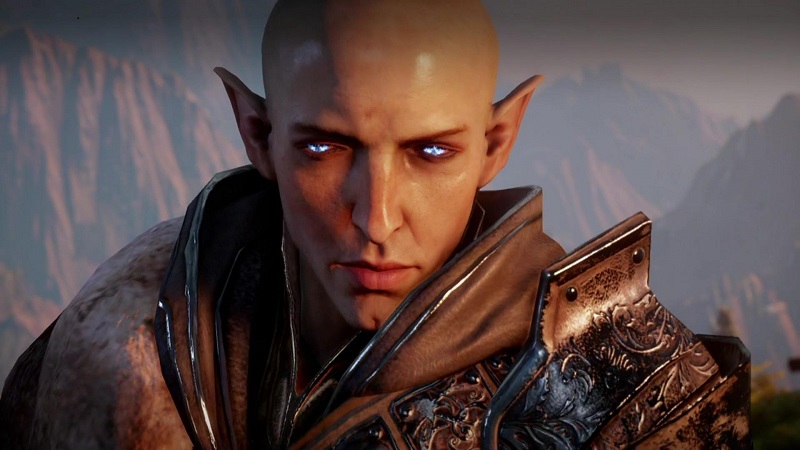
Solas in “Trespasser” Expansion
This extends to the script and the effect that decisions have on the narrative. Let’s implement some seriously complex choices to make. Interactive dialogue has started to become more cinematic and detailed, so every chattable NPC needs to have their own dedicated conversation to really flesh out the world. I’d do away with the zoomed out camera from Dragon Age: Inquisition which made me a little detached from some conversations. The closer and more intimate we can get with NPCs, the better.
And as an IP lauded for its storytelling prowess, Dragon Age 4 should focus all its attention on its narrative. The best option to take would be foregoing a multiplayer component altogether. While enjoyable in its own way, Inquisition‘s multiplayer was hardly the key selling point players returned for. Dragon Age thrives on the dilemmas of its world and the humanity of its characters. Let’s put multiplayer aside and allot as many resources as possible to dive deeper into the world of Thedas. Adopting a post-launch model dedicated to large expansions and free of micro-transactions is the safest way to approach downloadable content. While maybe not the most advantageous financially, history shows that players will line up to support high quality expansion packs.
What’s clear is that BioWare has its work cut out. Normally the quality of a brand new BioWare RPG would be a safe thing to bet on, but from an objective standpoint, it’s at least understandable to grasp the skepticism of players and some fans. The studio’s last couple of games haven’t quite hit the mark we’ve come to expect from such talented teams. I’m hopeful and optimistic that BioWare’s leadership recognizes that significant and effective change needs to happen going into the next generation. That starts with making sure the next Dragon Age is exceptional.

